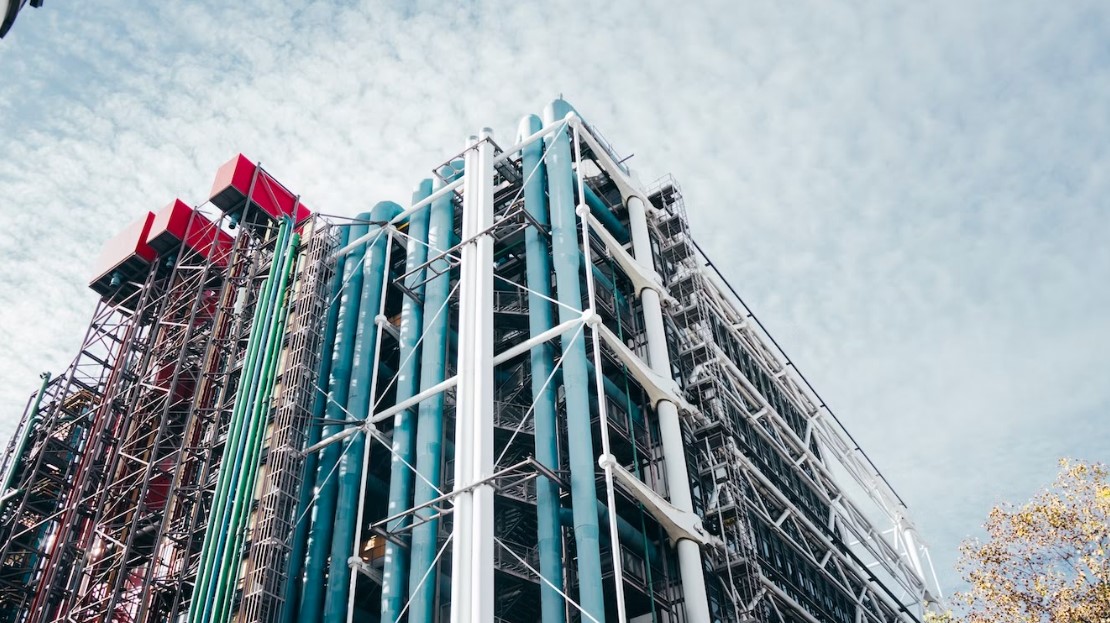Pipeline transport is a vital aspect of the energy industry, providing a cost-effective and efficient method of transporting oil, gas, and other resources over long distances. However, the industry is subject to a complex and ever-evolving legal and regulatory framework that presents significant challenges for pipeline operators.
The Regulatory Landscape Of Pipeline Transport
The regulation of pipeline transport is a complex issue that involves numerous federal and state agencies. The primary regulatory framework governing pipeline transport in the United States is the Natural Gas Act (NGA) and the Pipeline Safety Act (PSA).
The NGA regulates the transportation and sale of natural gas in interstate commerce, while the PSA is responsible for ensuring the safe operation of pipelines. Other federal agencies, such as the Environmental Protection Agency (EPA) and the Department of Transportation (DOT), also have a role in regulating pipeline safety and environmental impacts.
At the state level, pipeline transport is subject to additional regulations, including environmental permits, state safety regulations, and zoning laws.
Compliance Challenges For The Pipeline Industry
The complex regulatory framework of pipeline transport presents significant challenges for the industry in terms of compliance. Pipeline operators must comply with a broad range of laws and regulations, ranging from safety requirements to environmental permits and land-use regulations.
One of the primary challenges facing the industry is ensuring compliance with safety regulations, particularly in light of the increasing demand for natural gas and the aging infrastructure of many pipelines. Additionally, ensuring compliance with environmental regulations, including emissions standards and habitat protection, is an ongoing challenge for the industry.
Finally, pipeline operators must navigate the complexities of state and federal land-use regulations, including obtaining necessary permits and addressing concerns from local communities.
The Role Of Industrial Butterfly Valves In Navigating Compliance Challenges
Industrial butterfly valves play a crucial role in helping pipeline operators navigate compliance challenges. These valves provide a flexible, efficient, and cost-effective solution for regulating the flow of materials within pipelines, ensuring compliance with safety and environmental regulations.
Butterfly valves can be customized to meet the specific needs of different pipelines, allowing operators to adjust the flow of materials to comply with varying regulatory requirements. Additionally, these valves can be operated remotely, reducing the need for manual labor and minimizing the risk of accidents.
Moreover, butterfly valves can play a vital role in preventing pipeline accidents by providing fail-safe protection in case of emergency situations. They can close rapidly in the event of a leak or other issue, preventing further damage to the environment and ensuring the safety of personnel working in the area.
Read Also: SEVEN TIPS THAT CAN HELP YOU SAVE COSTS IN IMPORT CLEARANCES
Solutions For The Pipeline Industry
To navigate the regulatory landscape and ensure compliance with legal requirements, pipeline operators can take several steps. Firstly, operators should prioritize regular inspections and maintenance to ensure that pipelines are operating safely and efficiently.
Secondly, operators should invest in advanced technologies, such as data analytics, smart sensors, and drone surveillance, to identify potential issues before they become serious safety or environmental hazards.
Finally, operators should consider partnering with local communities and environmental organizations to build trust and promote collaboration. By engaging with stakeholders and addressing concerns, pipeline operators can build a reputation as responsible and reliable stewards of the environment.
Conclusion
The legal and regulatory framework governing pipeline transport presents significant challenges for the industry. Ensuring compliance with safety and environmental regulations is an ongoing concern for pipeline operators, requiring constant vigilance and attention. However, with the right tools and strategies, compliance challenges can be navigated
Industrial butterfly valves provide an effective solution for promoting compliance with safety and environmental regulations, while also ensuring the efficient and reliable operation of pipelines. By investing in regular maintenance, advanced technologies, and engagement with stakeholders, pipeline operators can build a sustainable and responsible industry that meets the needs of stakeholders while protecting the natural environment.
Additionals:
- Why is Engagement Important for Social Media?
- Which Small Business Management Apps Are Most Important?
- Why Is Brand Awareness Important? 7 Ways It Impacts A Company
- Important Logistics To Consider Under Rising Interest Rates In Singapore
The post Navigating The Legal And Regulatory Framework Of Pipeline Transport appeared first on Social Media Magazine.

